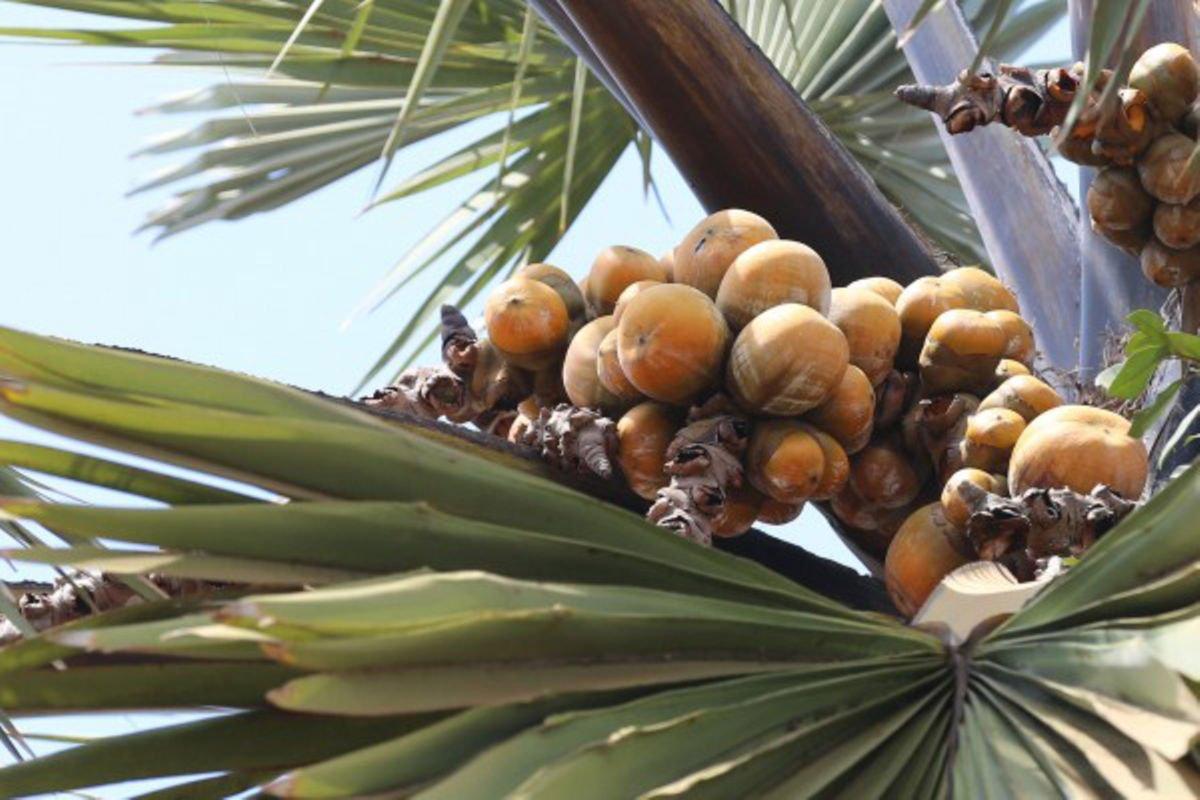Africa-Press – Uganda. The overall trend of biodiversity loss and the need to develop effective strategies for its conservation has led to emergence of several patterns and principles of conservation.
One of the principle of conservation through utilisation of its use has been proposed as a key mechanism to provide incentives for the conservation of species and habitats by turning them into sources of income.
The main idea is that conservation is more successful and livelihoods are improved when social and community beliefs and rights are understood and addressed in conservation programmes.
This has resulted in increasing interests over local communities which in turn have led to a growing interest in the traditional knowledge they have on their environment.
Ethno botany, which aims at documenting interactions between humans and plants, has therefore become a core subject of conservation biology.
This is what scientists at the Plant Genetic Resources centre in Entebbe are doing by conserving both common and rare plant species for scientific research purposes as well as to avoid extinction of such plants in amongst Ugandan communities.
One such a plant the team is conserving at Entebbe botanical garden is the African fan palm commonly known by its scientific name as Borassus flabellifer.
Background
The African fan palm belongs to family Arecaceae and subfamily Coryphoideae. It is widespread and common across sub-Saharan Africa where it is well known mainly growing in the wild in Africa’s Savanah grassland.
It has a large and straight stem to 25m tall and may reach 80cm diameter. The fruits are massive, ovoid and orange at maturity. The mesocarp (edible part of the fruit) is pulpy and fragrant with many longitudinal fibres.
In Uganda the tree grows in the wild and swampy arrears mainly in eastern and northern Uganda including West Nile. It is called etu in Lugbara and tugu in Luo.
Scientists say it thrives well in semi-arid areas of East Africa but in Africa it grows in any savannah grassland with a good number of farmers growing it since its fruit is edible and believed to have a number of medicinal benefits. This palm is also native to Asian countries such as India, Sri Lanka and Malaysia with farmers growing it on large scale for commercialisation.
Agronomy
The Curator of PGRC at Entebbe Dr John Wasswa Mulumba speaking to Seeds of Gold notes that the African fan palm is a plant which is reliant to all conditions in the wild. Scientists have discovered that the plant contains medicinal values and other uses since it is consumed by communities where it grow most. But to avoid extinction his team is conserving the plant species at the botanical garden for future regeneration because most communities in the country have not taken on its growth for commercialisation.
Propagation
The seed has a short viability and should be sown as soon as it is removed from the fruit pulp once dry. The seed does not require pre-treatment and once planted, its takes four weeks to germinate.
The plant produces a very long taproot, which can be one metre long when top growth is only one centimetre tall.
It is advisable for farmers to pre-soak the seed in worm water for 24 hours and plant in containers to allow easy germination otherwise if sown directly may germinate in 12 months or not all.
Seeds should thus be planted in deep containers or in a permanent position in the ground as soon as growth begins to appear.
Fruiting
The fruit is so adaptable that it can succeed in a wide range of conditions in dry to moist tropical and subtropical climates.
It grows best at elevations below 800 metres and it can survive with as little as 250mm of rain a year. The annual cropping can be successful with 500 – 900mm per year. It grows best where temperatures never fall below 10 degrees Celsius with an optimum mean annual temperature around 30 degrees Celsius but it withstands extreme temperatures as high as 45 degrees Celsius and as low as 0 degrees Celsius.
Plants grow well in full sun and preferably in sandy soil and established plants are quite drought resistant and also survive waterlogging quite well.
The palm starts flowering and fruiting at 12 years after germination, usually in the dry season.
It has no serious insect or disease problems but it is slightly prone to lethal yellowing.
Harvesting
In most cases, communities either use sticks to pluck the ripe fruits or the fruits simply fall down on their own and can be picked for consumption.
The plant has various uses including acting as ornamental tree for the landscape mainly in open parks. The tree is used to form an excellent firebreak, especially in the arid regions of Africa, which are prone to wildfire.
Depending on species, fruit colour varies from black to brown, yellow or orange; the fibrous pulp is aromatic and sweet.
It is a very useful multipurpose tree that is widely utilised for food, medicine and a wide range of commodities. All parts of the tree are used. The fruits are often sold in local markets.
The fresh fruit is slightly sweet, but with a mild turpentine-like flavour. It is consumed as a food supplement because it is rich in natural oil.
The immature seed contains a sweet juice which can be drunk like coconut water. The sap is extracted from the stem since it is rich in sugars, it can be made into a refreshing beverage, fermented to make palm wine or vinegar, or the sugars can be extracted.
Agronomy
It is advisable for farmers to pre-soak the seed in worm water for 24 hours and sow in containers to allow easy germination otherwise if sown directly may germinate in 12 months or not all.
For More News And Analysis About Uganda Follow Africa-Press






